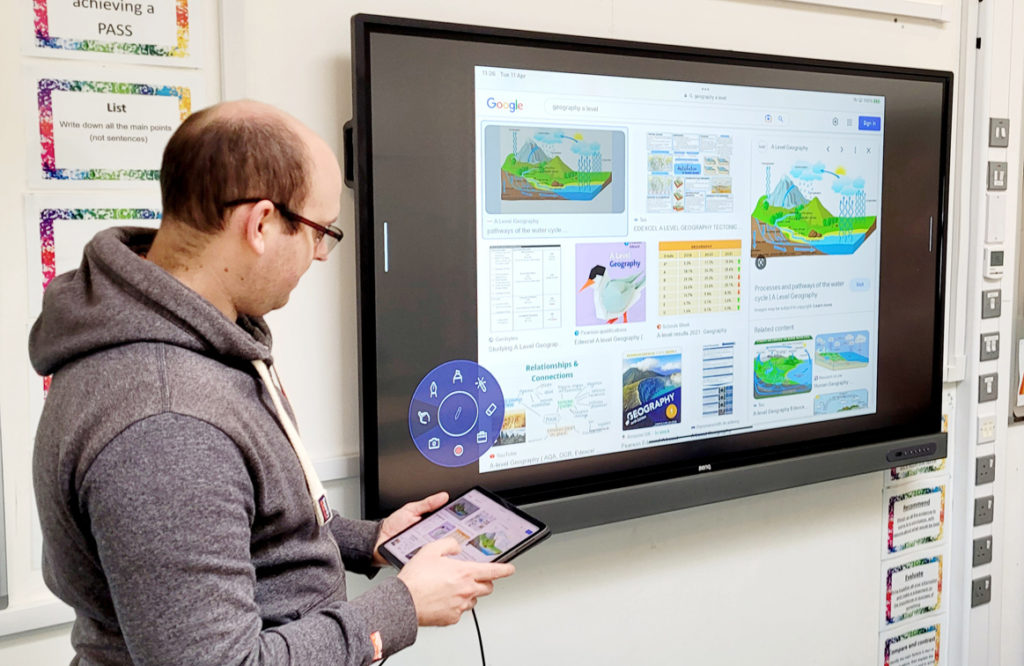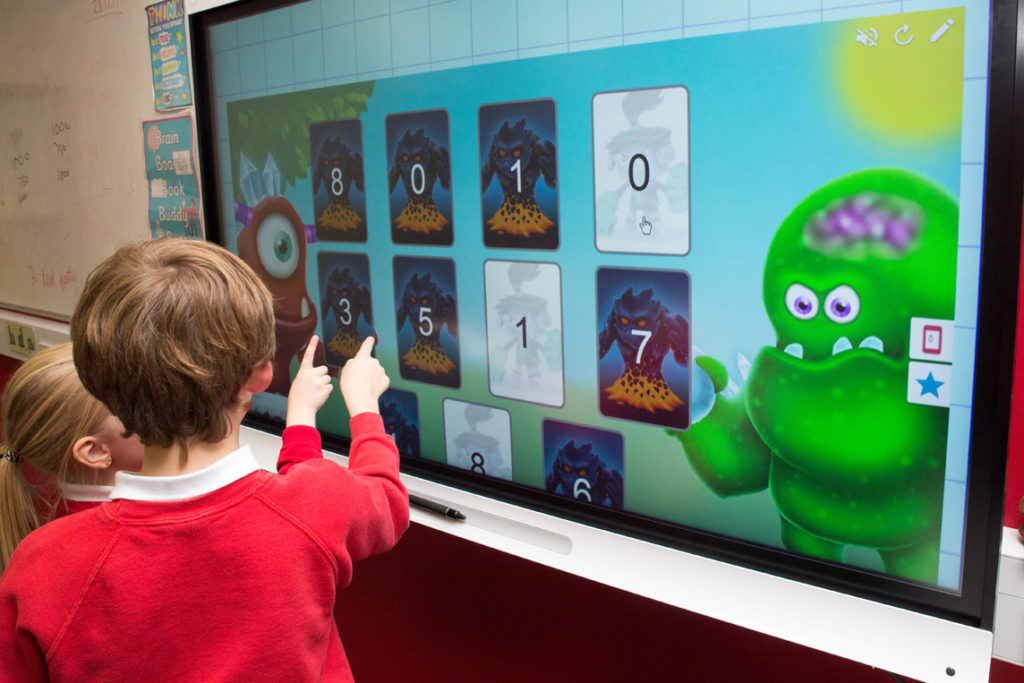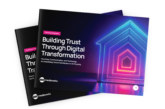With schools and other local authority buildings navigating a period of intense digital transformation, Toni Chalk, Managing Director of Strive AV, discusses the key trends in technologies and how to utilise them for impactful results.
From AV design and integration to on-going AV asset management, we have been working with education providers and local authorities for 20-plus years. As integrators, we’re often the crucial link between these providers and technology manufacturers, putting us in a prime position to understand both the changing requirements of facilities and the new technologies developed to meet these demands.
As the use of technology increased rapidly during the pandemic, its capabilities to meet other challenges were able to be explored, for example the engaging and productive benefits it brings to the classroom. We are now schooling a generation of ‘digital natives’; children and young adults who have been surrounded with interactive and immersive technologies since birth. The squeaky old whiteboard is a nostalgic memory now, as interactive engaging displays and collaboration tools take centre stage.
Whilst technology has become a key component of every classroom and daily life, facilities managers are seeing funding and budgets being squeezed to the max. Therefore, it is key that decision-makers are equipped with the right knowledge and guidance to make the most of funding.

Smarter way of working
At Strive AV, we’ve seen a huge uplift in the deployment of interactive displays in recent years, a piece of hardware that is now a key component for the education environment. The aim of interactive displays is to encourage engagement and active learning, making them a great choice for the classroom. In primary schools for example, interactive displays might be used for digital whiteboarding, presenting and connectivity for third party devices. The touch screen UI is ideal for little fingers to get involved in collaborative mark-making and selecting from the menu of applications.
For facilities and office management, interactive displays offer a wealth of additional benefits. We work with 4k interactive displays including SMART and Promethean, that include a built-in switcher/scaler, on-board high spec PC with the latest processor and a remote management platform. The remote management allows a helpdesk agent or field technician to broker a virtual session with the display from anywhere in the world, install software and apply policy to one or all screens. The displays update their firmware over the cloud and come out of the box with very good system security, as well as ‘airgap’ network connections to prevent unauthorised access to the network.
Interactive display technology has also taken AV signal transmission into the realm of the IT network. Software Defined Video over Ethernet (SDVoE) is the practice of treating an education campus as a matrix of sources and destinations, where any classroom can instantly send or receive uncompressed content from another classroom. The video is transmitted over the production LAN along with other traffic — true AV over IP. In this way, any number of repeater screens can transmit or receive from any other, allowing students to quickly showcase a presentation and then switch back to the host display, for example.
Outside of the classroom, AV over IP can facilitate distance learning or working, lecture and meeting capture, create breakout spaces, live stream events and allows the helpdesk a live view of what is on-screen during a meeting, facilitating support.
Adoption and training
Pre-pandemic there was reluctance from educators and other professionals to be mic’d-up and on camera, but this changed dramatically as technology became the facilitator during lockdowns. For campuses that had already implemented digital transformation strategies, they could pretty much switch on remote learning overnight.
As the roll-out of hybrid learning policies and digital transformation strategies continues, educators are using technology to their advantage and enjoying a multi-faceted and flexible approach to teaching. This is similarly emulated in models of hybrid working which has been rapidly taken up by local authorities. As this new way of working has been welcomed in both schools and workspaces technology must support the seamless movement between remote and in-person teaching, and investing in the right technologies is paramount for this fluidity.

Technology of the future
Looking to the future, campus-led education is becoming accessible to every student, wherever they are located. From providing support for students with impairments to integrating remote students, AV technology will play a key role in ensuring every student receives the same experience, be it the visual quality of content or level of interactivity.
As we move into a new era of learning, we’ll also see new realities — augmented (AR), mixed (MR), extended (XR) playing a role in the transformation of the classroom, creating a digital canvas for vivid, more authentic learning experiences. For local authorities, the future of technology will present new opportunities to have more solutions to access, store, and share data. These potentially sensitive tasks can be done with greater peace of mind as remote monitoring software become more sophisticated, meaning easy access to monitoring the systems. Risks can be more effectively mitigated and potential faults spotted and resolved from anywhere in the world.
If you’d like to find out more about how we can support your digital transformation — whether you’re looking to upgrade your existing AV infrastructure or build a completely new one — get in touch for a free consultation. With decades of experience in providing AV solutions for a wide range of environments, the team at Strive AV can advise on the latest and most effective tools that will truly impact outcomes.
More information on Strive AV’s solution for education here.
Strive Av’s online brochure is available here.










